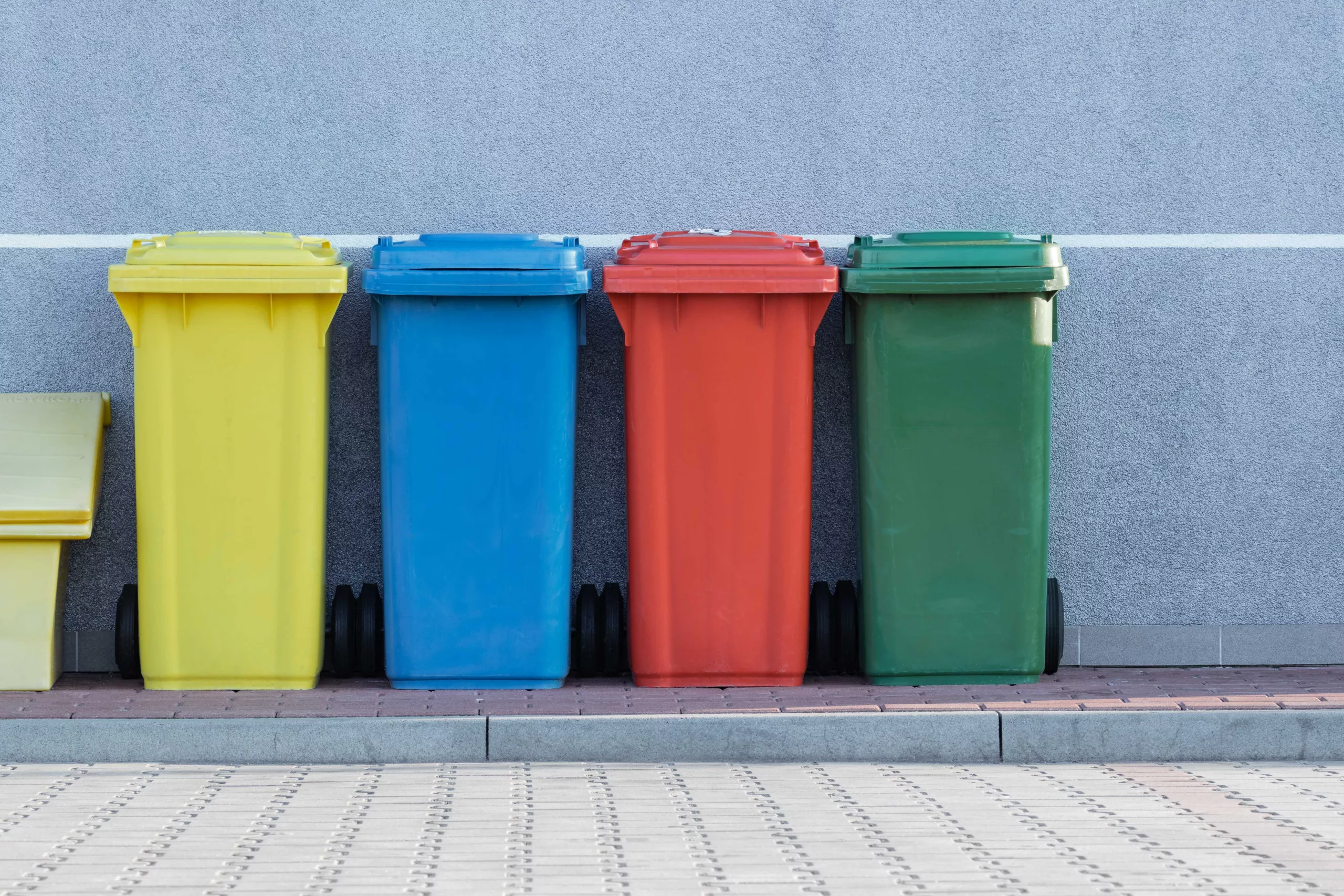Simple ways to improve waste management for small businesses
Canadians produce a lot of waste. The 2022 Global Waste Index found that Canada is one of the biggest waste-producing countries in the world. The survey also showed that most of our waste goes to landfills. Canada only scored 53.3 out of 100 for waste management, making it one of the worst countries surveyed.
Canadian businesses are not immune to waste generation and are accountable for their waste management practices. With Ontario running out of landfill space, waste reduction will be necessary in the future.
While it’s unrealistic to expect businesses to generate zero waste, they can take a more deliberate approach to dealing with the waste they produce. Although this is easier for certain businesses, such as paper-based businesses or packing and shipping companies, many can reduce their environmental footprint through effective waste management.
Find alternatives for wasteful items
For Lauren Wilson, a Toronto-based soap maker, the best way to reduce waste is to eliminate it altogether.
It’s worth considering if your business needs to produce certain waste in the first place. For example, paper products can often be replaced with digital alternatives. This is a simple solution that people sometimes neglect due to convenience and preference. Some business owners prefer the look and feel of paper while completing administrative work, taking notes or generating ideas in brainstorming sessions. These preferences make sense, as a 2021 University of Tokyo study found that people retain information better when writing on paper.
One solution for this is using digital paper or smart notebooks. These tools replicate the look and feel of paper while producing no paper waste. Plus, they have the added convenience of automatically sending your notes to cloud-based storage. This allows for enhanced organization in comparison to traditional note-taking. The average American office worker uses an average of 10,000 sheets of paper per year, so this switch can significantly reduce waste and cost.
Packaging is another way to explore waste elimination. Although branding is essential for many products, alternative and nontraditional options are available. Wilson, for example, chooses to stamp her soap with a logo and sell her bars without any packaging whatsoever. While this might be feasible only for some businesses, Wilson said companies should think critically about their packaging. They should consider if certain packaging elements bring value to their customers or can be eliminated.
On a commercial scale, there are many new packaging ideas, such as mushroom packaging, which is manufactured using agricultural waste products and is entirely compostable and biodegradable.
Reuse waste
Because her business involves making soap, Wilson has plenty of opportunities to reuse products. The main way she does this is by reusing her soap-making tools. Rather than using disposable moulds and tools, she ensures that everything can be reused. Wilson also likes to repurpose her soap waste.
During the process of soap making, there will always be some wastage, Wilson explained. Instead of throwing these scraps out, Wilson processes them into bars. She then markets and sells these bars as soap scrap bars. They are of lower quality, but the prices reflect this. Wilson often finds that her customers are receptive to the product and the price point. Additionally, she regularly gets compliments for her zero-waste manufacturing, so her customers enjoy both a lower price and a more sustainable product.
Consider the waste’s end-of-life
Many times, businesses cannot avoid producing waste. Wilson explained that the best way to become more sustainable is to consider the waste’s end-of-life.
To most people, when something is thrown out or recycled, that is the end of its life. Many of us are disconnected from what happens after something is thrown in a garbage bin. Most of it will end up in a landfill, contributing to Canada’s waste management issue.
It is a difficult problem for the country because landfill space is running out. As much as 2.8 million tonnes of waste annually goes to Canadian landfills. Waste management companies export the rest to different countries through legal and illegal channels.
Canadians produce 3.25 million tonnes of plastic waste per year alone. By eliminating or reducing plastic waste, businesses can reduce their impact and stay ahead of the 2030 single-use plastic prohibition.
It’s all about attitude
“It’s about progress, not perfection,” said Wilson.
To her, eliminating waste entirely is the ideal, but an ideal that will most likely never be met. To some degree, businesses will always create waste, but that doesn’t mean they shouldn’t strive to reduce their impact. Not only is waste reduction the right thing to do, it is also cost-saving. As consumer demands and laws shift to prefer greener businesses, waste reduction is becoming a new practice that businesses will need to adopt.
Don’t waste time joining these green business leaders. It’s time for Canadians and Canadian businesses to reflect our values in our waste reduction strategies and raise Canada’s waste management score.

Eliot Gilbert
Eliot is a journalist for Business Hub. His background is in English and creative writing at York University. When not writing, he studies medical laboratory science in Kingston, and enjoys hand spinning yarn, cooking, and gardening.

